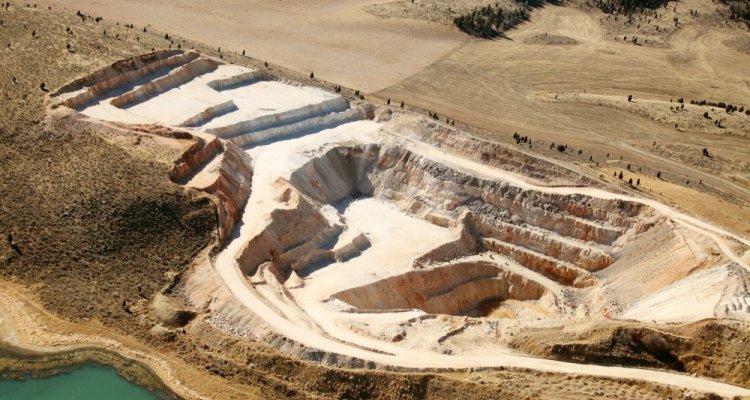
News
Alternative fertiliser requires new ecosystem
Artificial fertiliser consists largely of mineral phosphates. The use of this raw material is under discussion. But what alternatives are there? Research by Wageningen University & Research BU Greenhouse Horticulture has shown that sewage sludge ash has potential as an input for circular fertiliser. But for a breakthrough, it is important that different stakeholders in this potential chain get to know each other better. Researcher Alexander van Tuyll: “That is why we have brought together producers, suppliers and growers in a Living Lab.”
Mineral phosphates are mainly mined in Morocco, China and the United States. The availability of these finite supplies is under discussion, also because of the environmental impact of mining. However, mineral phosphates are very important for cultivation in greenhouse horticulture, and there are currently no suitable alternatives. This is different in open-field agriculture, for example, where animal manure can be used.
Wageningen University & Research (WUR) investigated which alternative phosphate sources would be suitable for greenhouse horticulture. In doing so, particular attention was paid to residual flows. Van Tuyll: “Greenhouse horticulture has some very specific requirements. First of all, artificial fertiliser is applied in liquid form, and the phosphates must be highly soluble in water. In addition, there are strict requirements around harmful contaminants: growers want to be sure that any risks related to their accumulation can be ruled out.”
Living lab
From the possible alternative sources – such as residual flows – sewage sludge ash seemed to be the most suitable. Because sewage sludge is incinerated, it does not contain any drug residues or pathogens, and some companies are already extracting phosphate from it, in a soluble form. Van Tuyll: “Technically, a lot is possible. But to make the opportunities a reality, various stakeholders must be connected to each other: from producers to users.”
Together with Stichting Innovatie Glastuinbouw (SIGN), waste management company HVC and start-up SusPhos (who extract phosphates from sewage sludge), a large number of companies from the greenhouse horticulture sector were brought together: grower cooperatives, fertiliser producers and traders. Led by WUR, they entered into a discussion: where are the opportunities and threats and what are the possible next steps? “We brought the parties together as a Living Lab, so that they can get to know and understand each other’s interests, wishes and requirements. The expectation is that they will then be better equipped to taking on the challenge together.”
The research into a circular fertiliser is a Kennisbasis study (Circulair en Klimaatneutraal, project KB-34-002-013) and is financed by the Ministry of Agriculture, Fisheries, Food Security and Nature.
